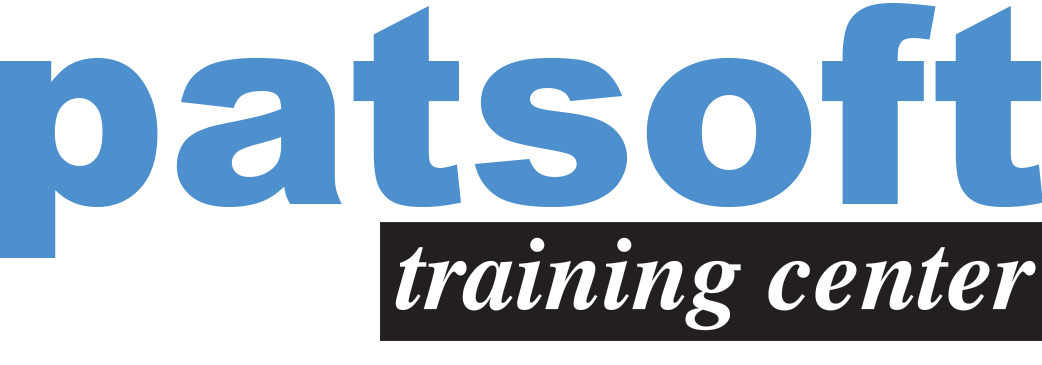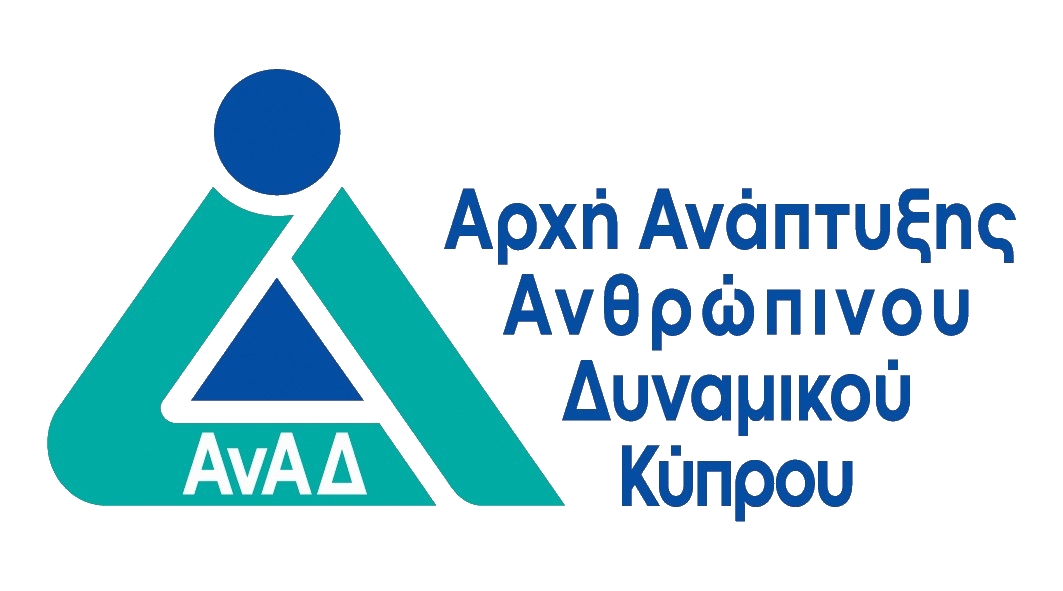
AZ-801 - Configuring Windows Server Hybrid Advanced Services
- Πληροφορική - Επαγγελματίες IT

ΠΕΡΙΓΡΑΦΗ
This course is designed for IT professionals who configure advanced Windows Server services using on-premises, hybrid, and cloud technologies. These professionals manage and support an infrastructure that includes on-premises and Azure IaaS-hosted Windows Server-based workloads. The course teaches IT professionals how to leverage the hybrid capabilities of Azure, how to migrate virtual and physical server workloads to Azure IaaS, and how to manage and secure Azure VMs running Windows Server.
The course also covers how to perform tasks related to high availability, troubleshooting, and disaster recovery. The course highlights various administrative tools and technologies including Windows Admin Center, PowerShell, Azure Arc, Azure Automation Update Management, Microsoft Defender for Identity, Azure Security Center, Azure Migrate, and Azure Monitor.
ΣΚΟΠΟΣ ΣΕΜΙΝΑΡΙΟΥ
- Harden the security configuration of the Windows Server operating system environment.
- Enhance hybrid security using Azure Security Center, Azure Sentinel, and Windows Update Management.
- Apply security features to protect critical resources.
- Implement high availability and disaster recovery solutions.
- Implement recovery services in hybrid scenarios.
- Plan and implement hybrid and cloud-only migration, backup, and recovery scenarios.
- Perform upgrades and migration related to AD DS, and storage.
- Manage and monitor hybrid scenarios using WAC, Azure Arc, Azure Automation and Azure Monitor.
- Implement service monitoring and performance monitoring, and apply troubleshooting.
ΣΕ ΠΟΙΟΥΣ ΑΠΕΥΘΥΝΕΤΑΙ
This course is intended for Windows Server Hybrid Administrators who have experience working with Windows Server and want to extend the capabilities of their on-premises environments by combining on-premises and hybrid technologies.
Windows Server Hybrid Administrators who already implement and manage on-premises core technologies want to secure and protect their environments, migrate virtual and physical workloads to Azure Iaas, enable a highly available, fully redundant environment, and perform monitoring and troubleshooting.
ΠΕΡΙΣΣΟΤΕΡΕΣ ΠΛΗΡΟΦΟΡΙΕΣ
Course Outline
- Configure user account rights
- Protect user accounts with the Protected Users group
- Describe Windows Defender Credential Guard
- Block NTLM authentication
- Locate problematic accounts
- Explore Windows Update
- Outline Windows Server Update Services server deployment options
- Define Windows Server Update Services update management process
- Describe the process of Update Management
- Explore Windows Server Update Management
- Outline Windows Server Update Services server
- Implement split-horizon DNS
- Create DNS policies
- Implement DNS policies
- Secure Windows Server DNS
- Implement DNSSEC
- Implement network security groups and Windows IaaS VMs
- Implement adaptive network hardening
- Implement Azure Firewall and Windows IaaS VMs
- Implement Windows firewall with Windows Server IaaS VMs
- Choose the appropriate filtering solution
- Deploy and configure Azure firewall using the Azure portal
- Capture network traffic with network watcher
- Log network traffic to and from a VM using the Azure portal
- Describe Azure Security Center
- Enable Azure Security Center in hybrid environments
- Implement and assess security policies
- Protect your resources with Azure Security Center
- Implement Azure Sentinel
- Describe update management
- Enable update management
- Deploy updates
- View update assessments
- Manage updates for your Azure Virtual Machines
- Describe adaptive application control
- Implement adaptive application control policies
- Describe Azure Disk Encryption and server-side encryption
- Configure Key Vault for Azure Disk Encryption
- Encrypt Azure IaaS Virtual Machine hard disks
- Back up and recover data from encrypted disks
- Create and encrypt a Windows Virtual Machine
- Implement Change Tracking and Inventory
- Manage Change Tracking and Inventory
- Manage tracked files
- Implement File Integrity Monitoring
- Select and monitor entities
- Use File Integrity Monitoring
- Determine the functionality of Cluster Shared Volumes
- Explore the architecture and components of Cluster Shared Volumes
- Implement Cluster Shared Volumes
- Define Windows Server failover clustering
- Plan Windows Server failover clustering
- Implement Windows Server failover clustering
- Manage Windows Server failover clustering
- Implement stretch clusters
- Define cluster sets
- Select high-availability options for Hyper-V
- Consider network load balancing for Hyper-V VMs
- Implement Hyper-V VM live migration
- Implement Hyper-V VMs storage migration
- Explore the Windows Server File Server high-availability options
- Define Cluster Shared Volumes
- Implement Scale-Out File Server
- Implement Storage Replica
- Describe virtual machine scale sets
- Implement scaling
- Implement load-balancing VMs
- Create a virtual machine scale set in the Azure portal
- Describe Azure Site Recovery
- Implement Azure Site Recovery
- Define Hyper-V Replica
- Plan for Hyper-V Replica
- Configure and implement Hyper-V Replica
- Define extended replication
- Define Azure Site Recovery
- Implement Site Recovery from on-premises site to Azure
- Implement Site Recovery from on-premises site to on-premises site
- Azure Site Recovery overview
- Workloads supported for protection with Azure Site Recovery
- Run a disaster recovery drill
- Failover and failback
- Describe Azure Backup
- Implement recovery vaults
- Implement Azure Backup policies
- Recover Windows IaaS Virtual Machines
- Perform file and folder recovery
- Perform backup and restore of on-premises workloads
- Manage Azure Virtual Machine backups with Azure Backup service
- What is Azure Site Recovery
- Prepare for disaster recovery with Azure Site Recovery
- Run a disaster recovery drill
- Failover and failback using Azure Site Recovery
- Azure Backup features and scenarios
- Back up an Azure virtual machine by using Azure Backup
- Restore virtual machine data
- Examine upgrade vs. migration
- Upgrade a previous version of Active Directory Domain Services to Windows Server 2022
- Migrate to Active Directory Domain Services in Windows Server 2022 from a previous version
- Explore the Active Directory Migration Tool
- Storage Migration Service overview and usage scenarios
- Storage migration requirements
- Migrate a server with Storage migration
- Evaluate storage migration considerations
- Describe the Windows Server Migration Tools
- Install the Migration Tools
- Migrate roles using the Migration Tools
- Plan your migration
- Describe Azure Migrate
- Perform server assessment
- Assess physical servers with Azure Migrate
- Migrate Windows Server workloads by using Azure Migrate
- Describe Azure Migrate
- Migrate Windows Server workloads by using Azure Migrate
- Describe storage migration
- Migrate file servers by using Storage Migration Service
- Azure Migrate App Containerization overview
- Use Performance Monitor to identify performance problems
- Use Resource Monitor to review current resource usage
- Review reliability with Reliability Monitor
- Implement a performance monitoring methodology
- Use Data Collector Sets to analyze server performance
- Monitor network infrastructure services
- Monitor virtual machines running Windows Server
- Monitor performance with Windows Admin Center
- Use System Insights to help predict future capacity issues
- Optimize the performance of Windows Server
- Describe Windows Server event logs
- Use Windows Admin Center to review logs
- Use Server Manager to review logs
- Use custom views
- Implement event log subscriptions
- Describe basic auditing categories
- Describe advanced categories
- Log user access
- Enable setup and boot event collection
- Recover objects from the AD recycle bin
- Recover the AD DS database
- Recover SYSVOL
- Troubleshoot AD DS replication
- Troubleshoot hybrid authentication issues
- Enable Azure Monitor for Virtual Machines
- Monitor an Azure Virtual Machine with Azure Monitor
- Enable Azure Monitor in hybrid scenarios
- Collect data from a Windows computer in a hybrid environment
- Integrate Azure Monitor with Microsoft Operations Manager
- What are Azure Monitor Logs and Azure Monitor VM Insights?
- Build log queries by using the Kusto Query Language
- Diagnose DHCP problems
- Diagnose DNS problems
- Diagnose IP configuration issues
- Diagnose routing problems
- Use Packet Monitor to help diagnose network problems
- Use Azure Network Watcher to help diagnose network problems
- Troubleshoot VM deployment
- Troubleshoot VM startup
- Troubleshoot VM extensions
- Troubleshoot VM connectivity
- Troubleshoot VM performance
- Troubleshoot VM storage
Πληροφορίες Εκπαιδευτή
Αναλυτικό Κόστος Σεμιναρίου
Για Δικαιούχους ΑνΑΔ
- € 1000.00
- € 800.00
- € 0.00
- € 200.00
- € 200.00
Για μη-Δικαιούχους ΑνΑΔ
- € 1000.00
- € 150.00
- € 161.50
- € 850.00
- € 1,011.50
ΠΡΟΓΡΑΜΜΑ ΣΕΜΙΝΑΡΙΟΥ
Δευτέρα - 07 Απρ 2025
Ώρα
09:00 - 16:45
ΕΚΠΑΙΔΕΥΤΗΣ:
Άγγελος ΗλιάδηςΤοποθεσία:
Patsoft Training Center
Τετάρτη - 09 Απρ 2025
Ώρα
09:00 - 16:45
ΕΚΠΑΙΔΕΥΤΗΣ:
Άγγελος ΗλιάδηςΤοποθεσία:
Patsoft Training Center
Παρασκευή - 11 Απρ 2025
Ώρα
09:00 - 16:45
ΕΚΠΑΙΔΕΥΤΗΣ:
Άγγελος ΗλιάδηςΤοποθεσία:
Patsoft Training Center
Τετάρτη - 23 Απρ 2025
Ώρα
09:00 - 16:45
ΕΚΠΑΙΔΕΥΤΗΣ:
Άγγελος ΗλιάδηςΤοποθεσία:
Patsoft Training Center
Παρασκευή - 25 Απρ 2025
Ώρα
09:00 - 16:45
ΕΚΠΑΙΔΕΥΤΗΣ:
Άγγελος ΗλιάδηςΤοποθεσία:
Patsoft Training Center
 Ελληνικά
Ελληνικά  English
English



 Ελληνικά
Ελληνικά
 40 ώρες
(
6 μέρες
)
40 ώρες
(
6 μέρες
)






